We Took Apart a $1,700 Louis Vuitton Bag and Made it Better
Have you bought a Louis Vuitton bag before? Do you still like the quality of the bag or do you feel like you wasted your money on a mediocre bag? Tanner Leatherstein will review and take apart a $1,700 Louis Vuitton bag and remake it into a bag that’s really worth your money! In this video, we will answer the following questions:
- Did Louis Vuitton’s bag pass Tanner’s 20/20 Leather Quality Checklist?
- Why do people buy luxury brand’s bags despite their mediocre quality?
- What should a $1,700 bag really look like?
- How did Tanner recreate the Louis Vuitton bag starting from the raw hide?
Make sure you finish watching the video as we will show you the comparison of the Louis Vuitton and the Frankenstein bag! Let us know about your thoughts and questions. You can comment them down below or directly on the YouTube video. We’ll see you again next time. A quick reminder to be authentic, be leather-savvy!
TRANSCRIPTION / WRITTEN ARTICLE
Note: It would be better to watch the video to see the full process of how we created the Frankenstein bag.
Hi, everyone! This is Tanner with another practical tip to help you become leather-savvy. Today, we’re going to do a review of a Louis Vuitton briefcase. We went ahead and got a Louis Vuitton bag. Let’s open it up and see from a leather perspective if the quality is good, if the money’s worth it, and what the Louis Vuitton brand is standing for. Hopefully, we could clarify that for some of you.
The bag definitely comes in very nice packaging. They did a beautiful job and it was a great experience opening it up. Probably most of you are not paying the money for the bag or the leather itself. It’s more of the status that you’re buying here. But some people might associate the brand with good leathercraft so let’s see how that comes through.
Louis Vuitton has great packaging. They create that beautiful and luxurious image that the brand stands for and they definitely charge you for it. This is a very typical Louis Vuitton design with their signature logo all over the bag. I’m not sure if everybody’s aware of this but the salesperson told me that the major part of the bag is not made of leather. It’s actually made of canvas printed with their signature logo. So basically, a lot of people may think that they’re getting a leather bag but most of these bags are made out of canvas. There’s not much to review from a leather standpoint but we’re going to calculate how much of this bag is actually leather and we’re going to try and see how that calibrates to our 20/20 Leather Quality Checklist.
Let’s begin. We’ll first measure the bag and calculate how much material was used in this bag and how much of it is leather. The biggest part of the bag is the main body on both sides. It measures about 11” x 15”. I’ll be taking notes of the measurements so we can calculate the area of the bag later. We’ll also measure the gusset of the bag which is about 2 ½”. There are also leather accent pieces here that measured about less than an inch wide but let’s say it’s an inch to give them more buffer room. The leather accents are approximately 11” x 1”. Now, we have the two handles so let’s try to get its measurement. The handles are about 2” wide and about 13” long each. Now that we got these measurements, we will now calculate the area of the bag and we’ll let you know how much of it is canvas and how much of it is leather in percentages to at least put things into perspective.
When you think of a leather bag, you’ll think that it’s all made out of leather. But in this case, the general body of the bag (70%) was made out of canvas. Roughly 3.5 square feet of canvas were needed to create the body on both sides of the bag including the gusset. The leather accents of the bag, such as the strips and the handle, only needed 1.4 square feet. Thirty percent of the material on the body is actually leather. Interestingly, the biggest piece of leather used in this bag was the strap which measures about 5 ½ square feet. That’s a pretty much bigger consumption than the entire body of the bag. It’s kind of surprising since it doesn’t look that big but because they use double-layered leather, they used quite a bit of leather. Now, we’re going to look at the quality of the leather they used and we’re going to evaluate each of those senses we talked about in our 20/20 system video, and let’s see how this leather calibrates in Louis Vuitton’s selection.
Alright, let’s score this leather using our 20/20 technique. If you can remember, the first step is to look. Now we said, look for inconsistencies. We’re going to come close to the grain of this leather accent and try to see if we could catch any inconsistencies or imperfections that come from natural leather. Let’s try to inspect as wide and big of an area as we can in this bag. It’s a bit difficult to inspect since it’s thin and narrow but I don’t see much of inconsistencies so this gives me an idea of a heavily corrected leather. So this would be a top-grain leather and even possible, it could be genuine leather. I can’t tell by looking at this because it’s heavily corrected. The make-up is so heavy on this that it becomes really hard to tell. But calibration-wise, this gives me a feel of three or maybe a 2 ½ because I don’t feel that natural imperfect beauty from the leather itself.
Some additional tips and tricks on this “look” step: you need to try to find an area or catch an opening of the leather (the corners or edges that were not finished and closed up) to see the back and the cross-section of the leather. So that’s one of the biggest clues you can get if you’re actually looking at leather or maybe a fake leather that could reveal some fabric or fibers that might suggest that the product is not leather. In this case, we found an opening. It’s definitely leather but it could be a top grain or genuine leather. We don’t know for sure how to tell at this point.
Another tip on the look aspect: you can pinch your fingernail on it and usually the mark sticks in on leather products. It stays there for a while before it bubbles up again. If you’re looking at fake leather, it will bubble up really quickly as you remove your finger. So that’s a determining factor – if your nail mark sticks into the leather, it is a leather product. It could be genuine, top-grain, or full-grain leather but it usually is an indication that you’re looking at a real leather product. So on calibration for the look step, let’s be generous and give the Louis Vuitton bag a three.
In step two, we’re going to touch and listen to our fingers and how we feel about the liveliness and the vibe of the leather we’re inspecting here. So, in general, when a leather scores low in the look aspect, it may score pretty parallelly in the touch aspect because heavily-corrected leathers lose the connection that your fingers may detect with touch. This one doesn’t give me much to feel. It’s very standard and has a very uniform feel all around. There are not many bumps or variations in the grain that I can feel and I don’t feel that vibe or energy either. If it’s aniline or full grain, I might detect it. So, in the touch aspect, I’ll say this leather scores another three if we want to be generous.
Step three is to smell. It’s kind of my favorite step because there are a lot of sensations that you can detect through smell. Simply smell the different leather sections of the bag. I got a stronger smell on the strap probably because this was inside the bag for a longer period of time. The trims on the bag smell more like perfume which probably came from the store since it was heavily perfumed. But I can detect the base on the straps, and although it’s not a very distinctive or strong smell, it’s absolutely leather. It’s a good base and it’s good leather. There are some vegetable tenons in there. It could be a re-tannage heavy vegetable tan but I don’t think it’s a full veg tan. Nobody does this kind of heavy makeup if it’s veg tan for commercial products. There is a good base but it is also overpowered with the thick, pigmented finish that we detected through looking and touching. So, they kind of balance each other out. The heavy finish doesn’t smell that good. It gives me a “plastic”-ky and chemical feel. So, it is a mediocre smell and it’s minor too. It’s not a strong smell which is not a bad thing. Some smells disturb people and the bag strap is going to be closer to your head and nose, probably not ideal for everybody if it’s smelling heavy. So, I would give it a fair three. This smelling step is probably going to be the best part of inspecting this leather piece.
In the last step, we’re going to read the labels that come with the material. Try to find any kind of information, description, or labeling that comes in the product or the product packaging. In this case, I couldn’t find much on the product packaging but I found a little paper that discloses the material used in this bag. So as you see, it says coated fabric which is the canvas that is the main material of the body of the bag. The second one is cowhide leather trim which was used on all the accents and details on the strip that we just discussed and reviewed right now. Last is the manmade lining, which is a fabric lining inside the bag. It’s totally normal. Most of the bags have a form of lining and usually, this is fabric or 100% wool felt in most high-quality applications so that part is totally normal.
A little quick tip for the read step: this is the only piece of label that I could find in my packaging so that tells me that there’s not much to talk about in terms of leather and the quality of the leather. When you’re looking at an item that is exceptional in the leather selection, the craftsman or the brand will talk a lot about it. They love to talk about their leather because that’s the proudest point of this product. You’re going to find some inserts or materials that tell the story about the leather and why it is so special. In this case, there’s not much to find because there’s not much to tell. The sale point in the Louis Vuitton bag is not the leather but the status.
For the reading part of this evaluation, we will give the bag a three. But because of the global brand recognition and the quality perception associated with this brand, we’re going to bump up our score to a four. It definitely counts for something and we will definitely use it and evaluate it at this stage by bumping it up by one point.
Okay, so let’s see what score came up with our evaluation. Again, we looked at the leather pieces of this Louis Vuitton bag, and here’s how we scored the bag:
-
For the look phase, we gave it a generous three (it could be a two).
-
For the touch phase, it’s the same. We gave it a generous three.
-
For the smell phase, it was a fair three.
-
For the read phase, we said it could account for a four.
-
Note: This is actually a three but we bumped it up because of the image of the brand. The brand always goes into our reading step and obviously, it’s one of the biggest and largest brands in the industry so it adds value so we gave it a four.
When we sum it up, the total score for this bag is 13 out of 20. That will represent 65% of your college grades or a three-star on an Amazon or Google review which in my terms, does not qualify or convince me to buy anything. So it’s kind of a fail and especially if you think of how much money you spent on this bag, it is definitely a fail on the value you get in exchange for the leather quality. So, what you’re getting from Louis Vuitton is not the leather or the quality of the leather but the status. And that’s also a great thing that people seek after. As long as you’re aware of that, that’s totally fine and every dollar that you spend on it is worth it. It’s a great brand and they have millions of followers and fans and they enjoy the status that Louis Vuitton provides them. Louis Vuitton does a great job at providing status, but it’s not the greatest leather.
Now, some of you may be wondering what a $1,700 leather bag should look like. We have a project on this bag to show you what it would look like if the entire ticket of that price was coming from the quality of the leather. We’re going to take the bag apart and we’re going to apply the most beautiful full-grain vegetable-tanned leather you can ever imagine and finish the other side of the bag using that on the exact same bag and same design. And we’re going to keep the other side as it is. We’re going to record the entire step of this process, how we make it, how it comes alive, and how it looks at the end. It’s going to be fun! Note: It would be better to watch the video to see how we created the Frankenstein bag.
As promised, we traveled 6,000 miles to open the bag up and fix it using really good leather. We’re very excited to show you what the Frankenstein bag looks like. When you spend $1,700 for a leather bag, this is what should come out of the box. The bag will turn heads because of its beauty and the quality of the leather, not just because of the logo printed on it. To further illustrate what came out of this operation, we kept the guts that came out of this bag, and here it is. It is a lot of plastics, fabrics, flimsy materials, and a little bit of, at the best rating, mediocre leather. But forget all this. You don’t need these for $1,700. We took one step further to show you what that bag should look like once it’s completely made out of that good leather. This is what we came up with.
The Frankenstein bag, once you put it on and walk around, no matter what brand it is, will turn some heads. And this is the status coming from the quality of the material that you’re buying – not from a logo that was printed on the item. As long as you understand that, we are done with the video’s purpose. We hope you enjoyed this video, had fun, and learned something about leather.




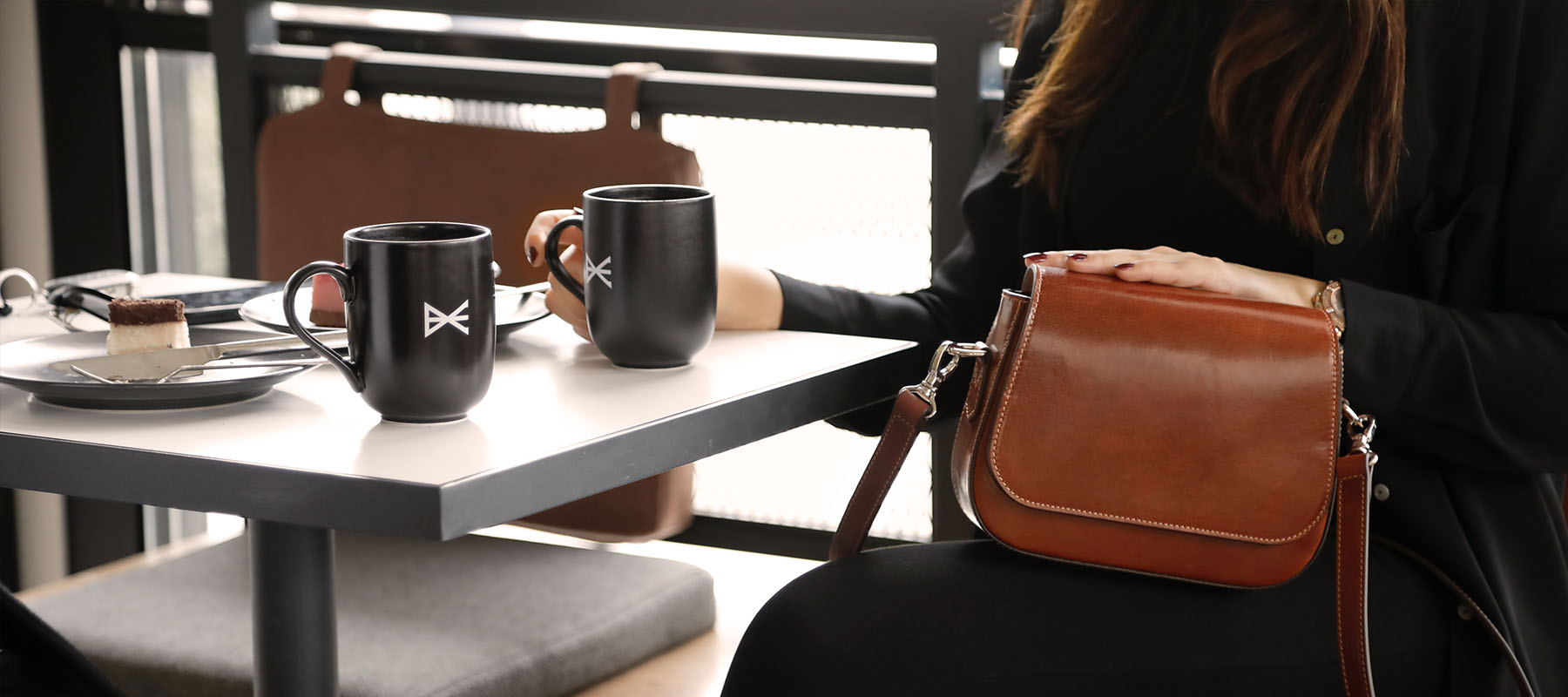
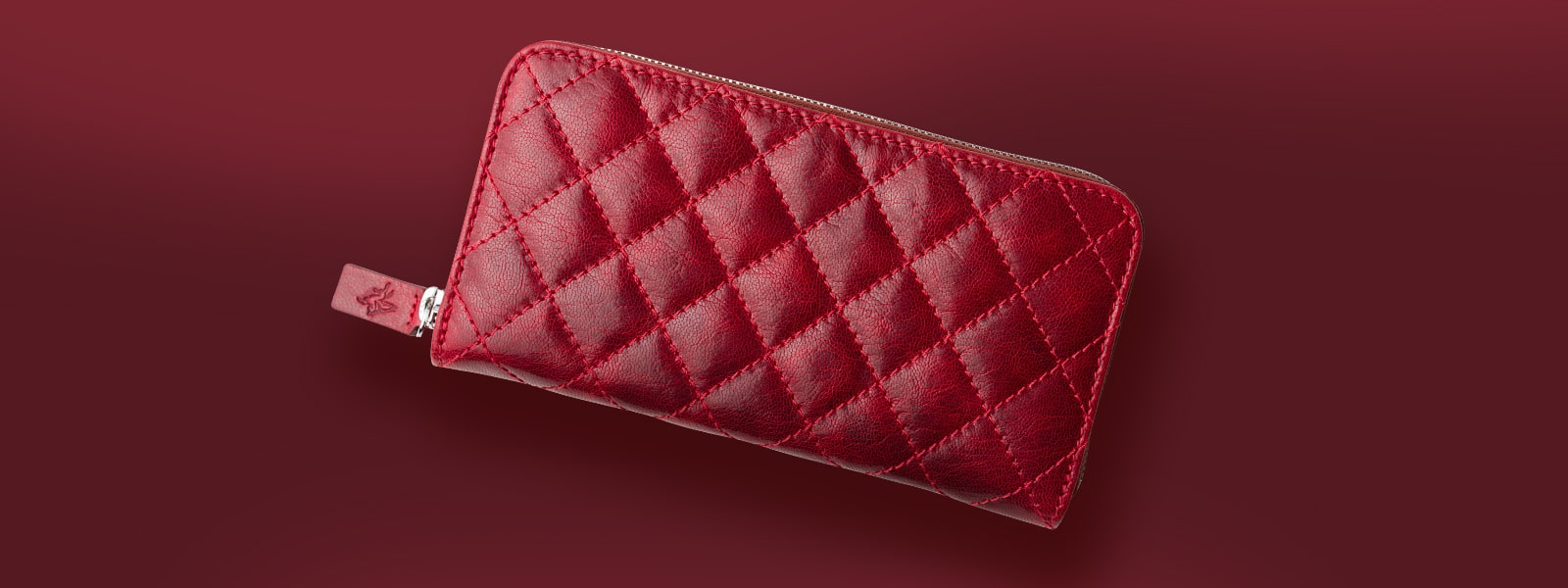
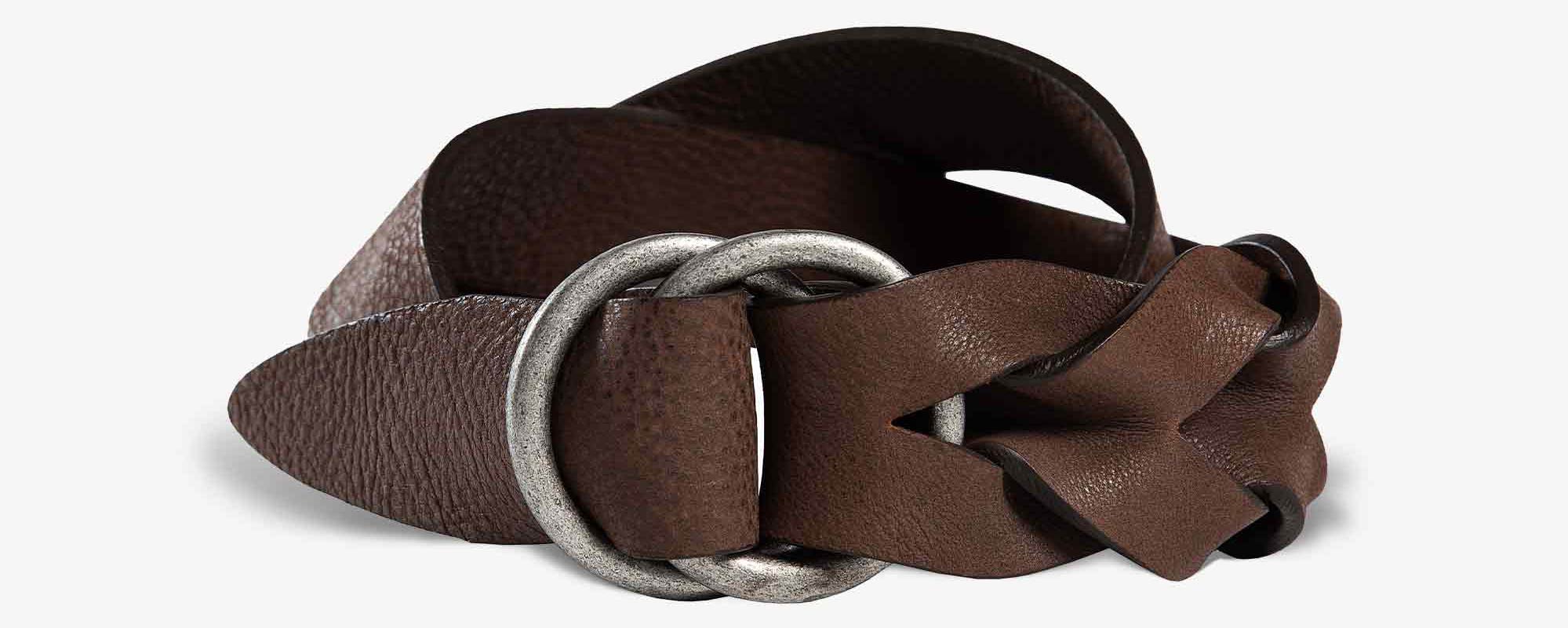
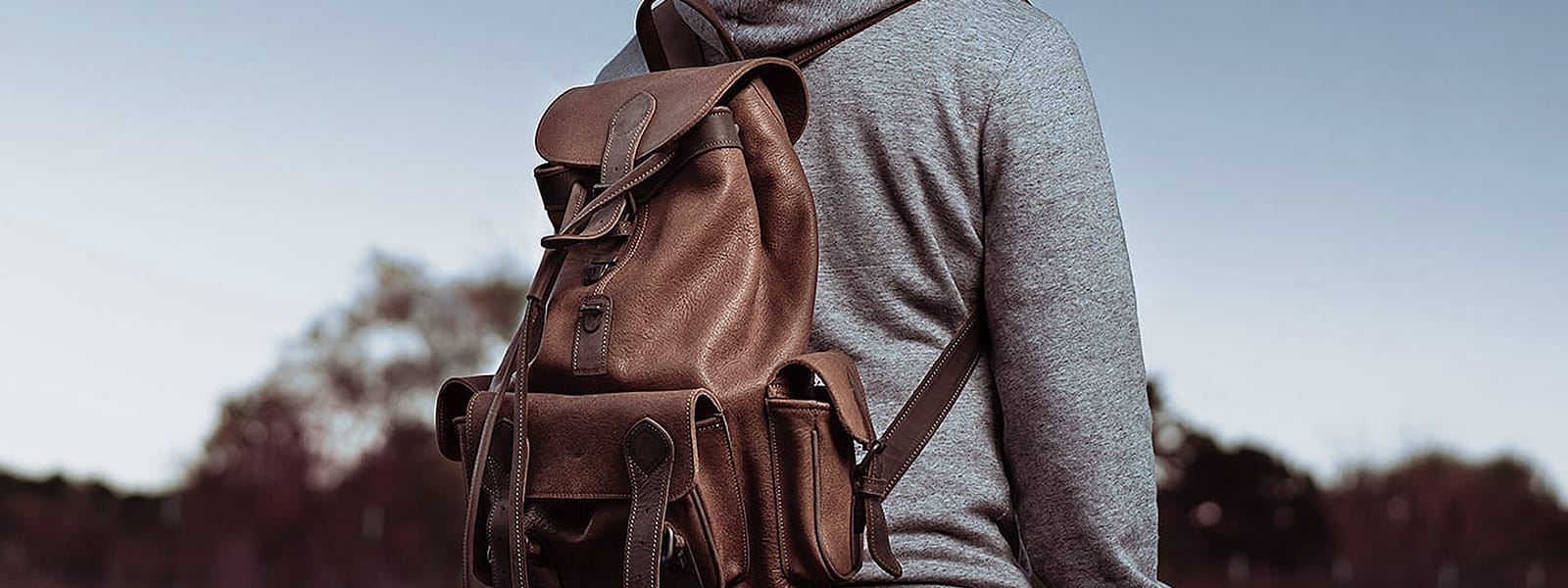
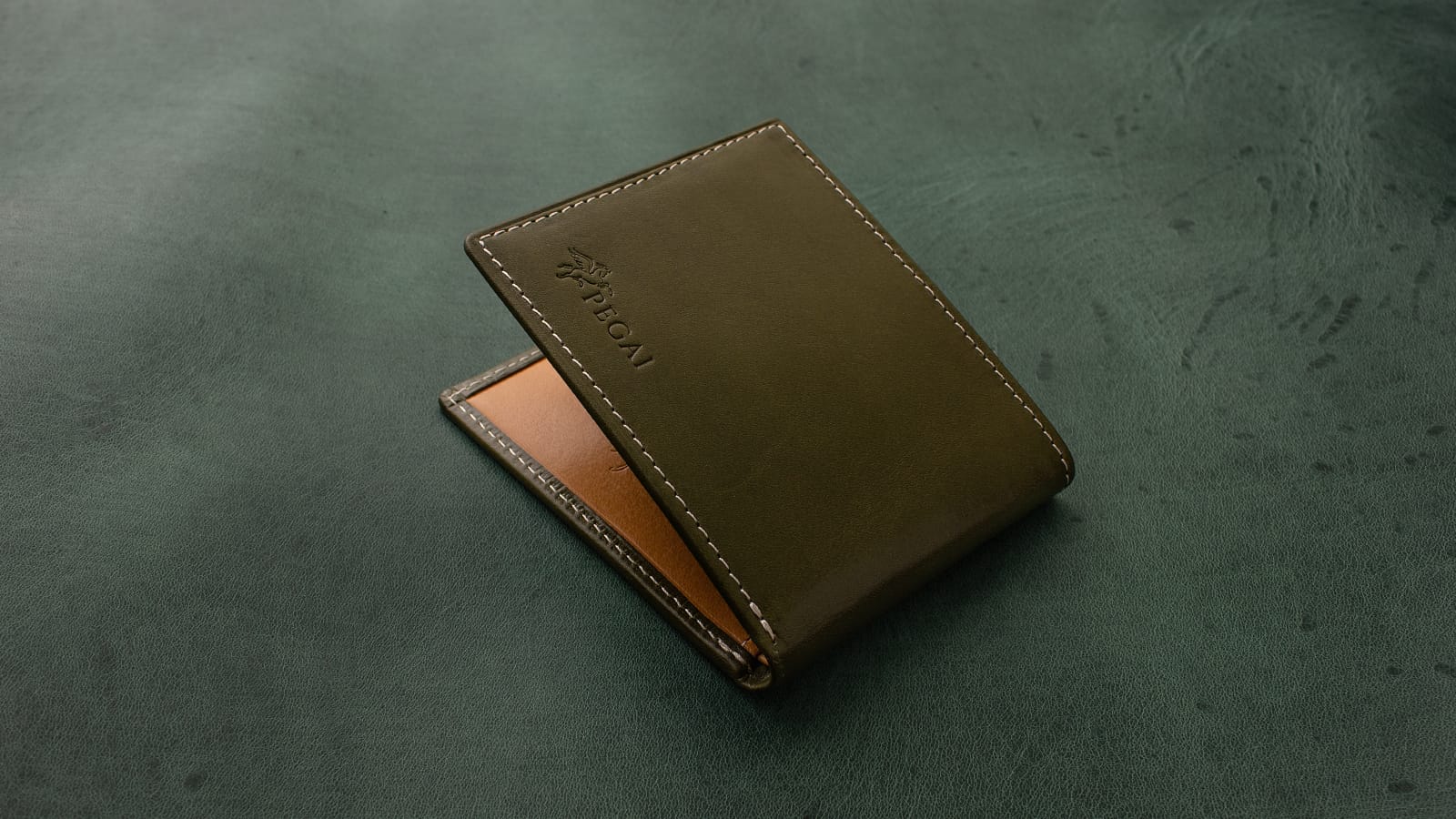
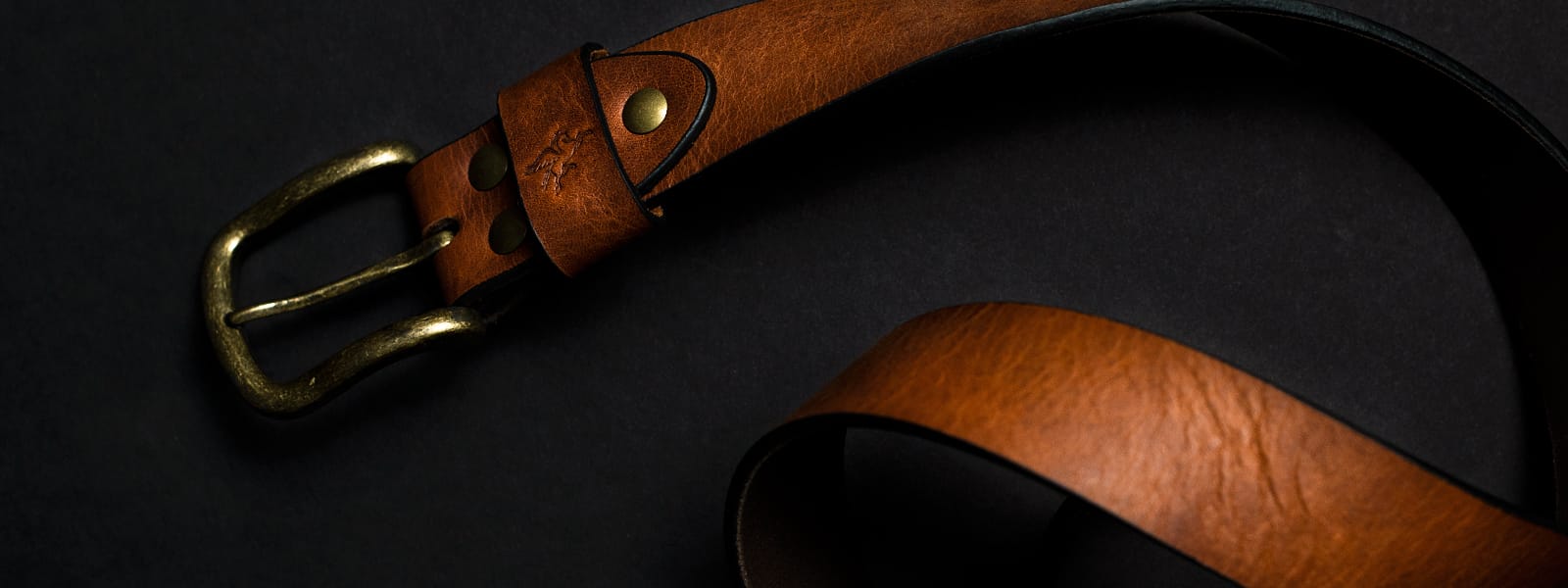

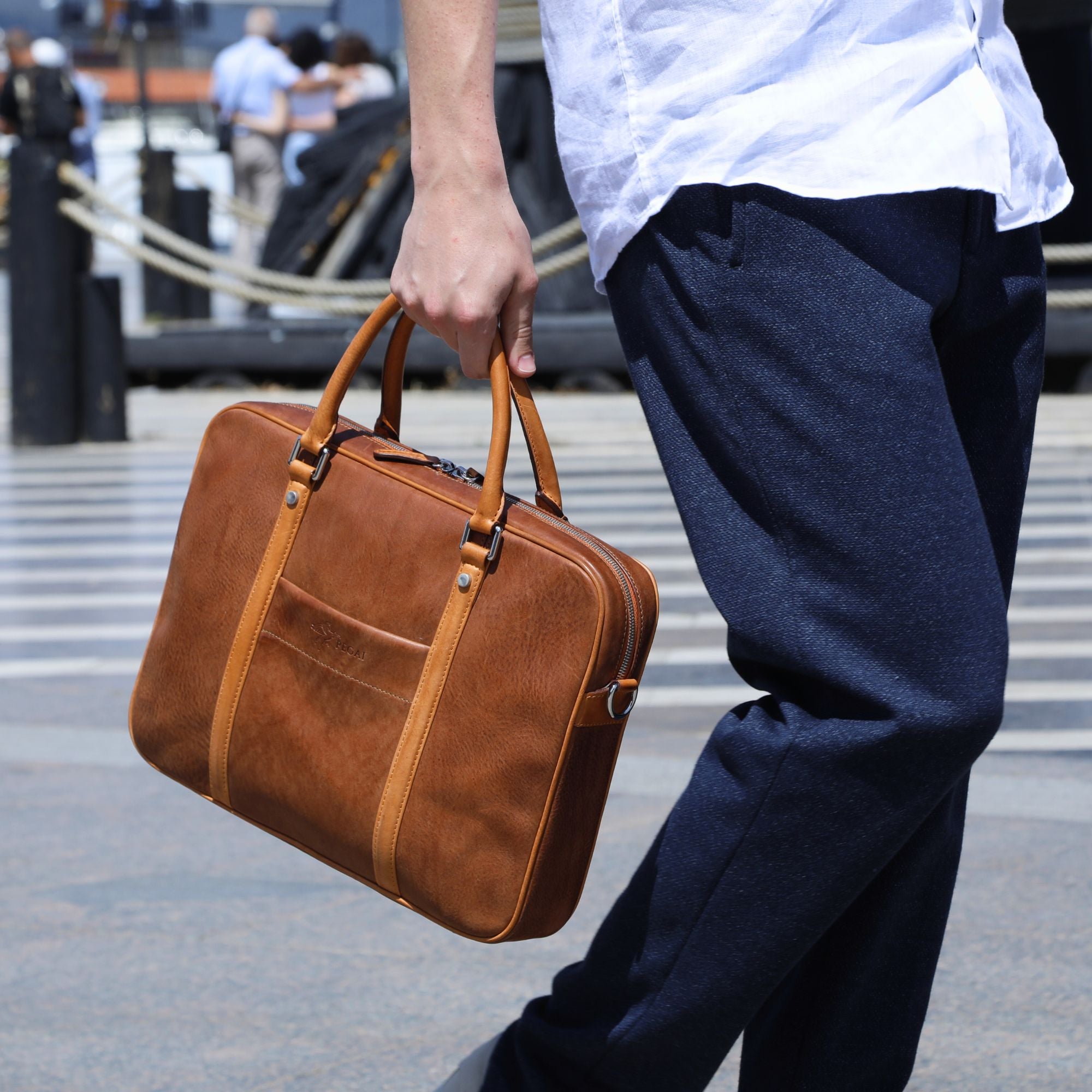
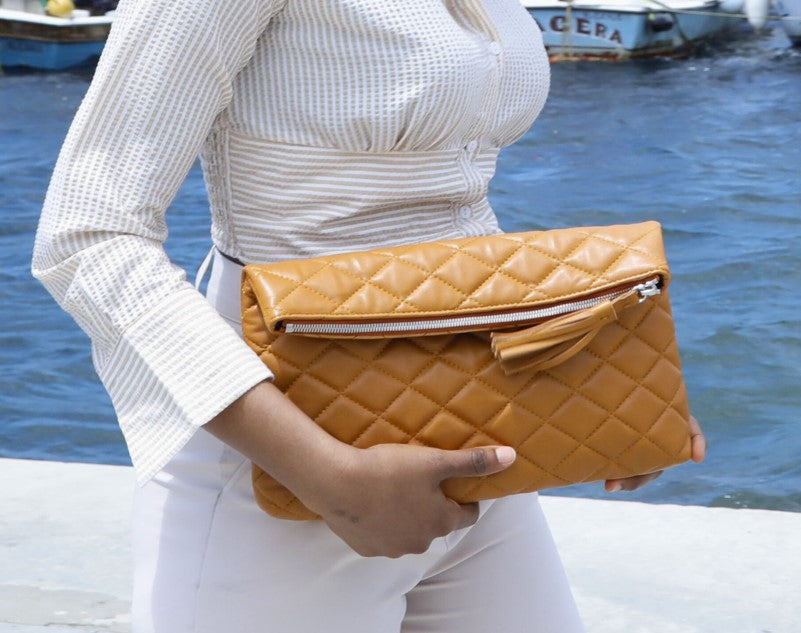
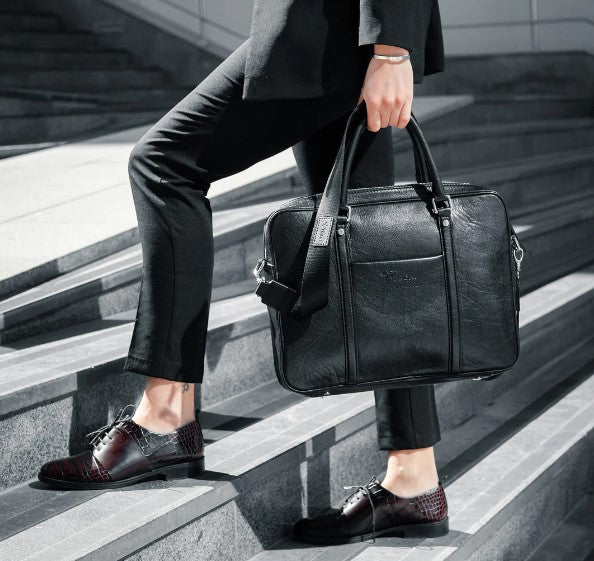
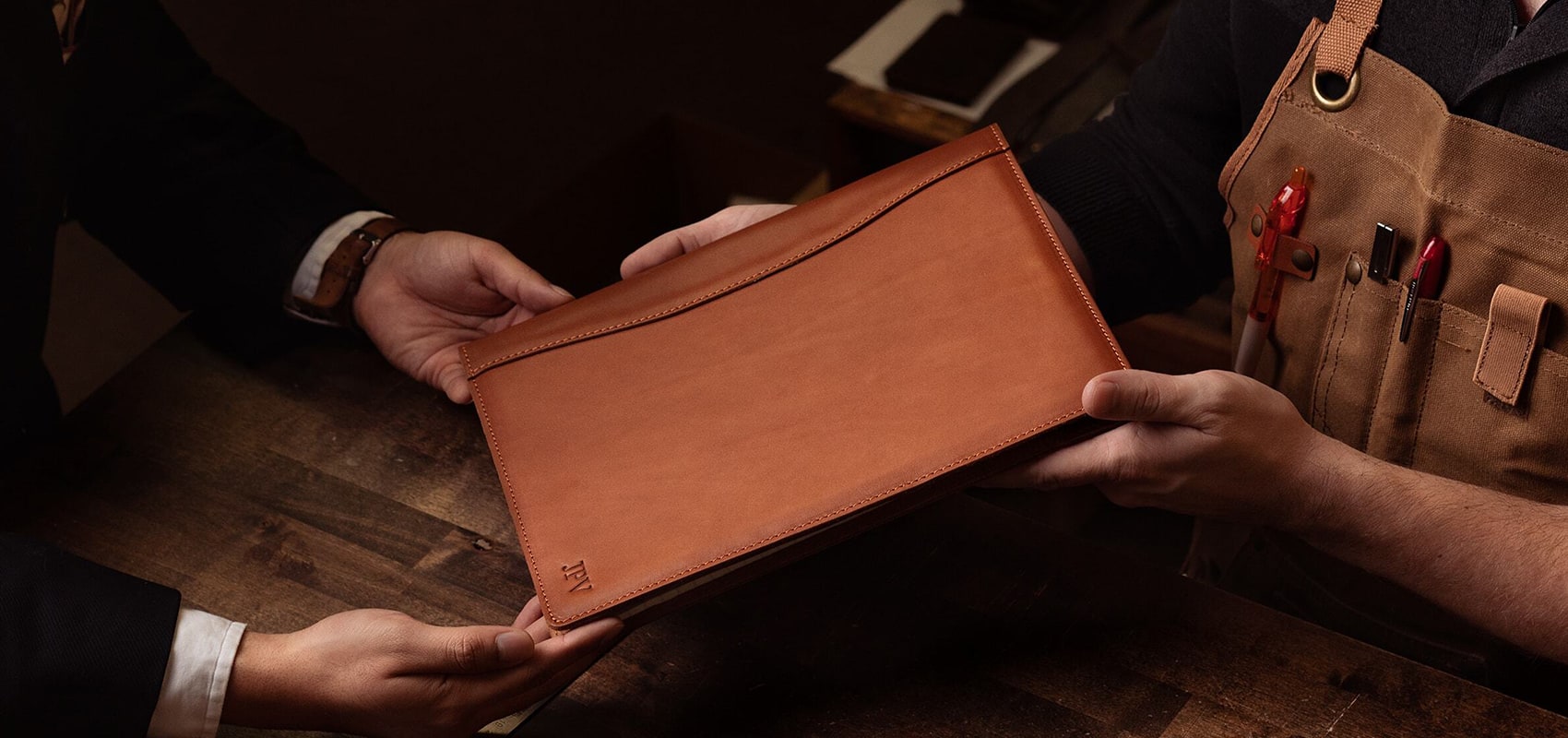
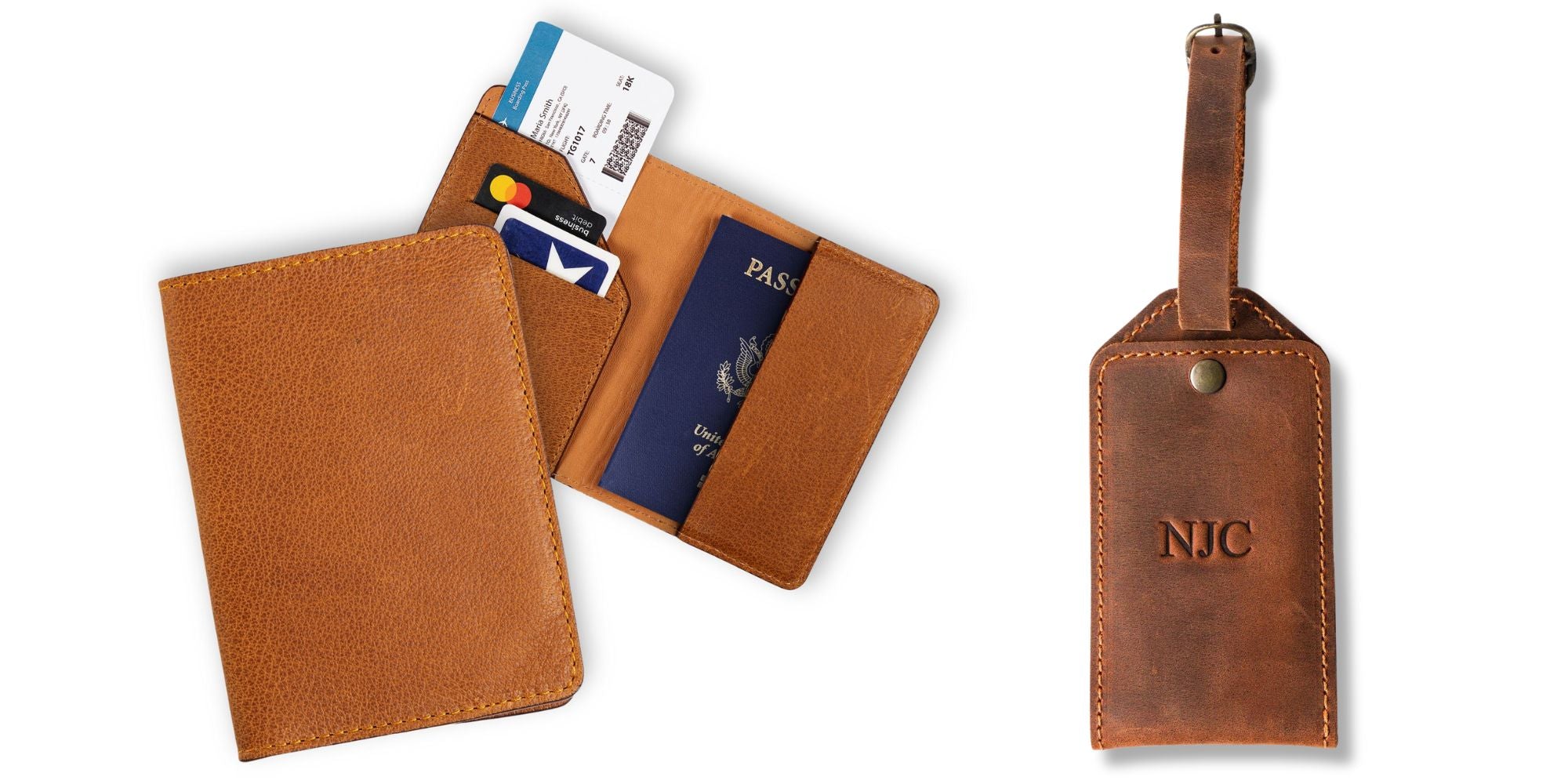
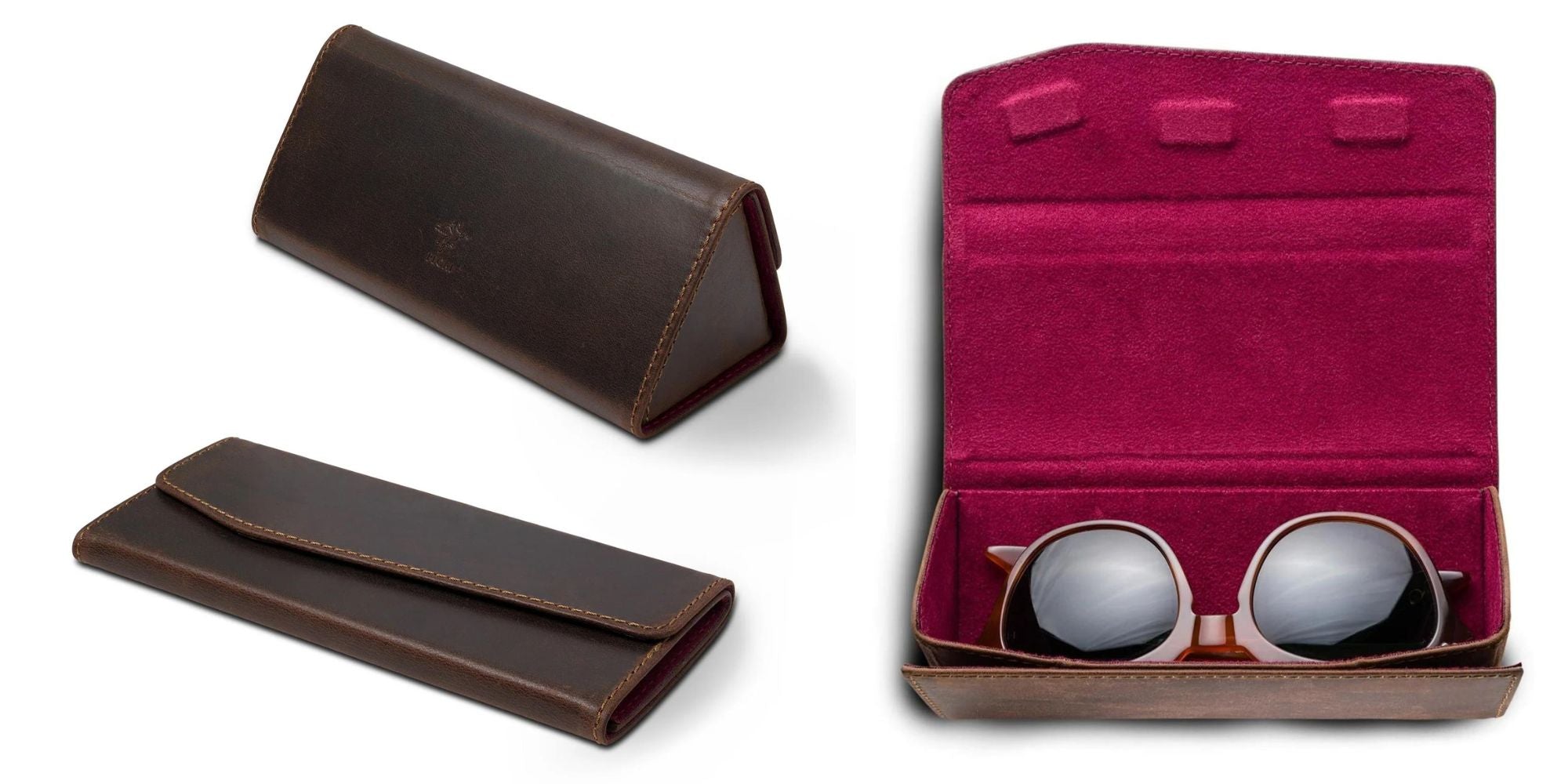



Leave a comment